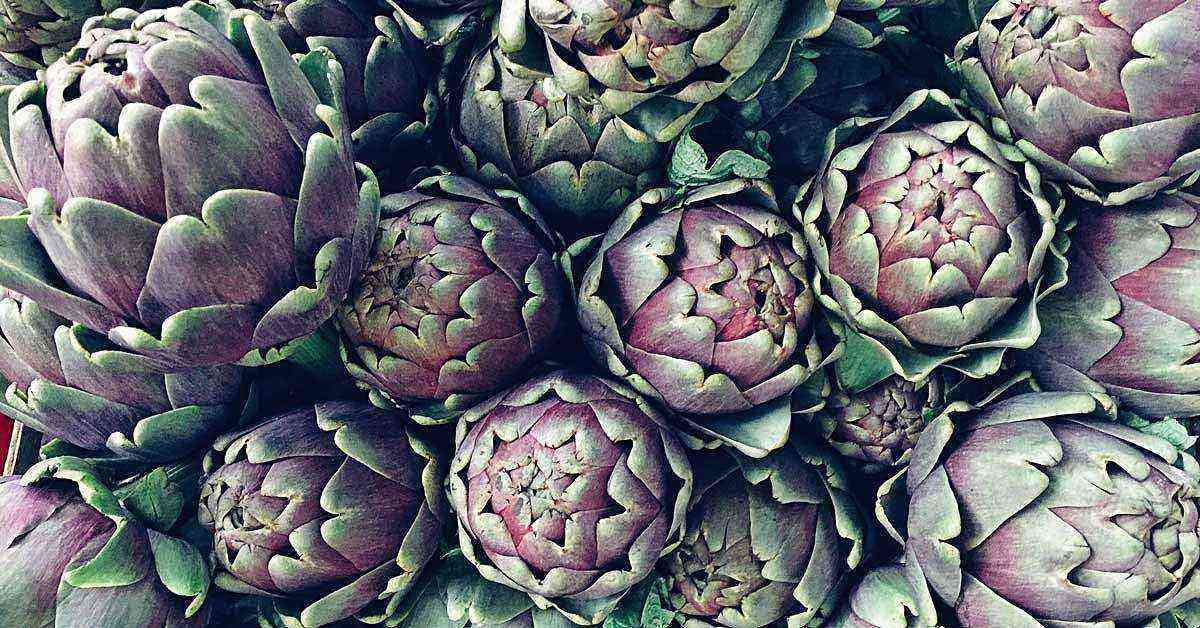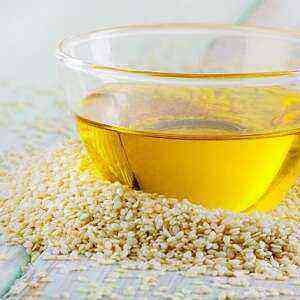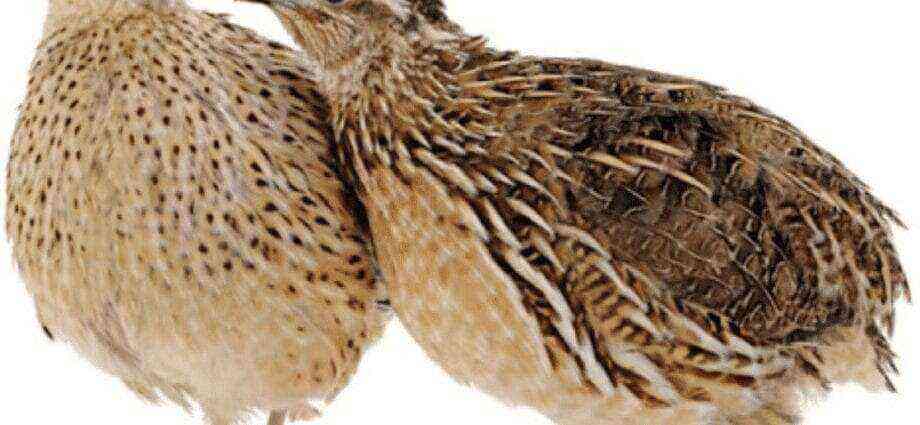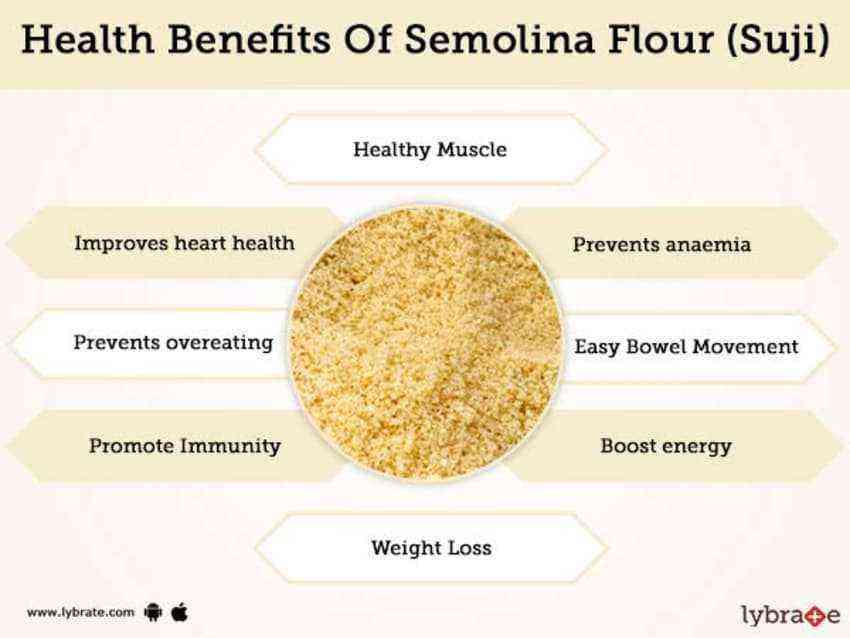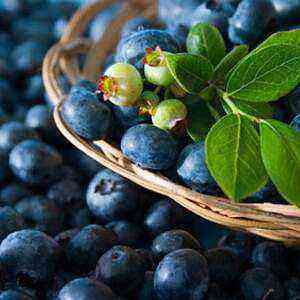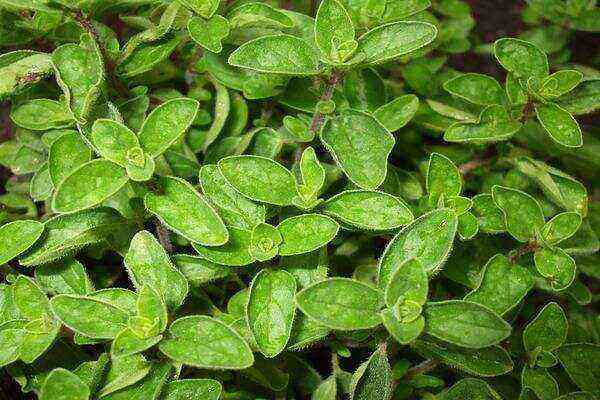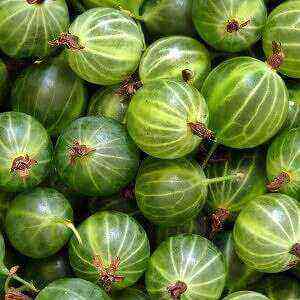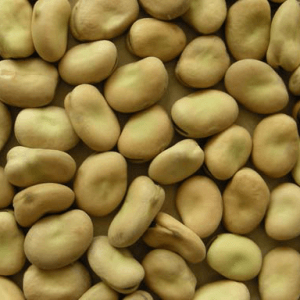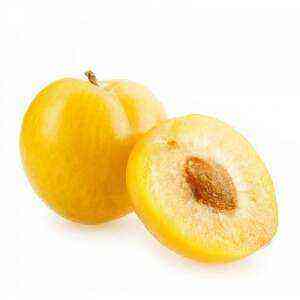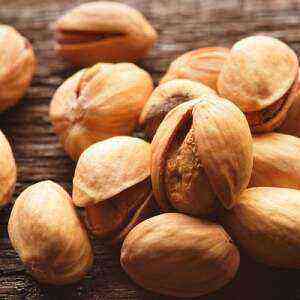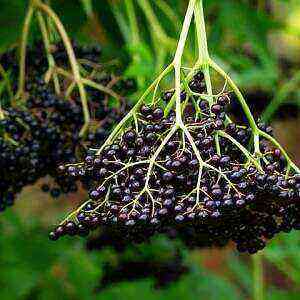
What is arugula
The homeland of arugula is considered to be the Mediterranean region, where the local population has been using this leafy vegetable for several centuries. In our latitudes, many consider arugula an exotic seasoning that came to us from Italy. But in fact, this plant was known even in Russia. True, our ancestors called it a caterpillar (however, the Latin name for this salad vegetable is also translated as “caterpillar”) and was considered a weed that served as food for birds and livestock.
Arugula (botanical name – Eruca sativa) is a member of the Cabbage or Cruciferous family. And this means that the list of her closest relatives includes different types of cabbage, radish and other healthy vegetables. It is a small annual plant up to 60 cm high with oblong green leaves. The first crop of a caterpillar can be harvested within 40 days after sowing. Its flowers are white with purple streaks. The seeds form in small pods. Arugula is a picky plant, but does not like direct sunlight, like frost.
A few centuries before our era, arugula, along with lettuce and chicory, entered the traditional menu of the ancient Romans. In those distant times, people with the same frequency consumed greens and seeds of this vegetable. Then arugula served as both a daily food and a medicinal plant. In Turkey, Lebanon, Syria, its seeds were used to flavor oil, as well as an effective potion against infertility, diseases of the digestive system and skin. But in India, the leaves of arugula were not eaten, but oil from the seeds of this plant was very popular there.
Interestingly, the caterpillar is mentioned in ancient religious texts, particularly in the Bible and the Talmud.
Nutritional Components
This seemingly unremarkable salad vegetable actually serves as a real storehouse of nutritional components. Arugula is rich in carotenoids, including zeaxanthin and lutein, which are considered the best vitamins for the eyes.
Even more than vitamins, this plant contains isothiocyanates – amazing components created by nature. These substances have anti-inflammatory and anti-carcinogenic properties. Isothiocyanates can rightfully be called magic anti-aging compounds.
Despite the very low calorie content, the vegetable contains a relatively high amount of protein and fiber. It is one of the best sources of vitamin K, as well as B, C, A, E vitamins, manganese, iron, zinc, potassium, magnesium, copper and calcium. By the way, this green contains almost as much calcium as spinach. But unlike the latter, there are no oxalates in the caterpillar, which interfere with the absorption of minerals. Thus, arugula can be considered a more beneficial source of calcium than spinach, which is popular among many.
Nutritional value for fresh greens on 100 .
Calories 25 kcal Proteins 2,6 g Fats 0,7 g Carbohydrates 2,05 g Fiber 1,6 g Vitamin A 119 μg Vitamin C 15 mg Vitamin E 0,43 mg Vitamin K 108,6 μg Vitamin B1 0,044 mg Vitamin B2 0,086 mg Vitamin B3 0,3 mg Vitamin B5 0,4 mg Vitamin B6 0,07 mg Vitamin B9 97 μg Potassium 369 mg Sodium 27 mg Calcium 160 mg Copper 76 μg Iron 1,46 mg Magnesium 47 mg Manganese 0,3 mg Phosphorus 52 mg Zinc 0,47 mg Selenium 0,3 μg
Influence on the body
Consuming fruits and vegetables of all types has long been associated with improved health. Many studies have shown that regular intake of plant foods reduces the risk of many ailments, including obesity, diabetes, and cardiovascular disease. A diet containing fresh vegetables helps to improve overall well-being and appearance. Arugula also has many health benefits. Below are some of them.
Protects against cancer
Like all cruciferous vegetables, caterpillar has an incredible ability to reduce the risk of cancer. The thing is that cruciferous plants contain substances that neutralize the effects of free radicals. The antioxidants contained in the vegetable accelerate the elimination of toxins from the body, and also slow down the aging process.
Arugula, like many cabbage varieties, contains a large amount of glucosinolates – substances that researchers say are key in the fight against cancer cells. farmer-online.com… These components react with the digestive enzyme myrosinase, resulting in the formation of new compounds – isothiocyanates with anti-cancer properties.
Arugula has been found to contain high levels of isothiocyanates, including sulforaphane and erucine. By the way, these same phytonutrients have been found in kohlrabi and Chinese cabbage. It is they who give cruciferous vegetables a special flavor. Sulforaphane is known to reduce the risk of melanoma, esophageal, pancreatic and prostate cancer. This substance also inhibits the activity of an enzyme that accelerates the growth of cancerous tumors. Studies have confirmed that isothiocyanates are able to neutralize dangerous carcinogens that cause DNA damage and cell mutation .… In addition, isothiocyanates can slow down or completely stop the growth of cancerous tumors. It is believed that thanks to this substance, arugula is able to effectively prevent malignant cell degeneration.
In addition to these components, arugula contains chlorophyll, and, as scientific studies show, it blocks the carcinogenic effects of heterocyclic amines (they enter the body with food cooked in fat at high temperatures) ..
Improves eyesight

Strengthens the heart
Arugula is very beneficial for strengthening blood vessels. Plus, this vegetable is effective in lowering cholesterol and homocysteine levels, making it one of the most heart-healthy foods around. These greens help prevent heart attacks and strokes, and their high potassium and magnesium content helps control heart rhythms.
Plus, one serving of arugula provides nearly a quarter of the RDA for vitamin K. .making this vegetable ideal for the prevention of thrombosis.
Promotes bone mineralization
Green leafy vegetables are generally known to be excellent sources of calcium, and arugula is no exception. But the researchers say something else: vitamin K contributes to better absorption of calcium and protein. A in the composition of this plant and calcium, and vitamin K is contained in large quantities. Conclusion: this vegetable should become the main one for people prone to frequent fractures or suffering from osteoporosis.
Promotes weight loss
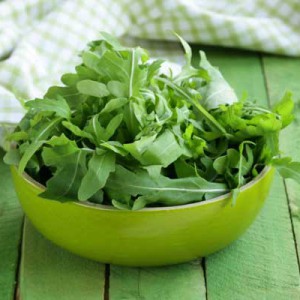
Improves digestion
Arugula is an alkaline food that researchers say helps restore optimal pH levels in the body. Why is this so important? The health of the digestive organs and the functioning of the immune system directly depend on the level of acidity. In addition, greens belong to foods rich in fiber. And this substance is indispensable for the proper functioning of the intestines and the prevention of constipation.
Prevents the development of diabetes
Typically, the caterpillar hits the plates as fresh herbs. Meanwhile, researchers have determined that the seeds of this plant reduce the risk of diabetes, in particular, by maintaining stable sugar levels (prevents the development of hyperglycemia) and increasing insulin sensitivity. .… And in the greenery of this plant, alpha-lipoic acid, a substance with antioxidant properties, was found. In addition, this component is also able to lower glucose levels, increase the body’s sensitivity to insulin, and prevent neuropathy in people with diabetes.
Improves skin condition
Arugula extract is also believed to be beneficial for the prevention and treatment of skin conditions. In Chinese medicine, this plant has been used for centuries to treat eczema and psoriasis. A menu rich in arugula increases the skin’s resistance to UV radiation as well as slows down the signs of skin aging. Cosmetologists have noticed that caterpillar juice improves the color of the epidermis and heals acne.
Aphrodisiac Vegetable

Removes unpleasant odor
Thanks to chlorophyll, arugula can serve as a natural deodorant. And interestingly, it not only masks the unpleasant odor, but destroys the bacteria that cause it. For this reason, eating a few leaves of this plant is enough to eliminate stale breath. And eating large servings of the vegetable can affect your whole body odor. By the way, in ancient times, folk healers used arugula juice to wash purulent wounds in order to get rid of an unpleasant odor.
Potential harm to health
Arugula is a healthy product for the body, but in some cases it can be potentially hazardous to health.
This primarily applies to people taking medications that thin the blood (for example, Warfarin). Against the background of medications from this group, vitamin K, which affects blood clotting, is not the most desirable. Namely, this component is found in large quantities in arugula. A second vegetable hazard can be associated with improper cultivation or storage (using chemicals). Caterpillar sap can accumulate hazardous substances contained in the soil. In addition, the spicy taste of greens can irritate the throat in some people, and people with allergies may experience swelling, abdominal cramps and impaired digestion. It is undesirable to abuse this vegetable for people with kidney problems, gastritis, accompanied by increased stomach acidity, gout [8].
How to choose arugula
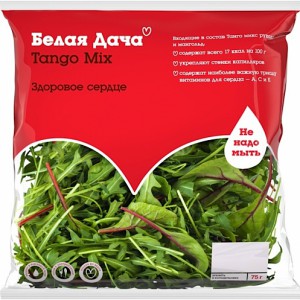
It is important to choose fresh leaves that are bright green, free from spots and damage. It is advisable to use greens within a few days after purchase, as they wither quickly. To preserve the freshness of the caterpillar, it can be stored in the refrigerator, wrapped in damp paper.
By the way, you can grow this greens not only in greenhouses and open beds, but also at home on the windowsill and balcony. Arugula is a picky plant. Three hours of sunshine a day is enough for her to give tasty and juicy greens.
Use in cooking
In cooking, arugula can be used like parsley or cilantro. It remains tasty both fresh and boiled. It goes well with other vegetables, pasta, soups, casseroles, omelets, sauces, sandwiches, cold snacks. The taste of arugula is well emphasized by tomatoes, balsamic vinegar, olive oil, cheese, garlic. In many recipes, spinach, Swiss chard, or watercress can be safely replaced with arugula, resulting in a more aromatic and spicy dish. Salads from this vegetable go well with meat and fish. And in Slovenia, for example, arugula is traditionally served with boiled potatoes or cheese, and is also used to make soups. Italians traditionally combine these herbs with Parmesan.
Arugula Salad
To prepare this snack, you will need arugula, beets, goat cheese, walnuts, a little lemon juice and coconut oil, a spoonful of honey, black pepper and sea salt. Cool the boiled beets, peel and cut into small slices. Add the rest of the ingredients and stir.
Use in cosmetology
This plant contains many components that are beneficial for the skin and hair. In addition to antioxidant vitamins that rejuvenate the skin and restore hair, arugula contains the substance diindolylmethane. This component is well known in cosmetology, as it is used to treat warts and papillomas. The sap of the plant moisturizes and tightens the skin, evens out its tone, removes dark spots and vascular network, soothes irritations and inflammations, moisturizes scaly areas.
For hair, in addition to juice, arugula oil is also useful. It strengthens curls, stimulates their growth, treats dandruff. Caterpillar-based masks are useful for hair damaged by paint or the sun.
Mask for the face
Mix in a blender a bunch of fresh arugula, a little milk and a teaspoon of honey. The resulting slurry is slightly warmed up in a water bath and applied evenly on the skin of the face. After 10 minutes rinse with warm water.
Arugula is a delicious and healthy vegetable. However, these greens not only give your favorite salads an unusual taste, they supply the body with many useful substances. It is not without reason that for many centuries Mediterranean gourmets have been careful to ensure that arugula is always on their tables. It’s time to adopt this tradition for us too.
Sources of


